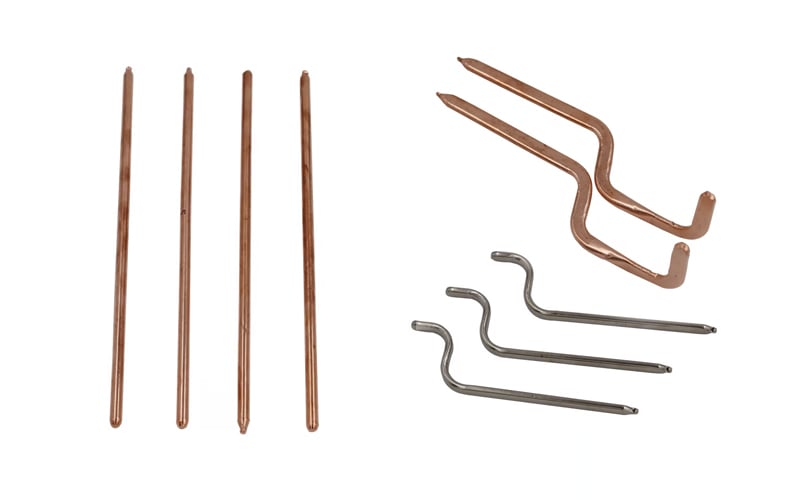Understanding the Basics of Heat Pipes
Heat pipes are essential components of many thermal management systems. They have a simple structure that allows for effective heat transfer and dissipation. The core components of a heat pipe play a crucial role in its functionality and efficiency.
Evaporator Section
The evaporator section of a heat pipe is where the liquid working fluid absorbs heat and turns into vapor. This crucial step initiates the heat transfer process. The evaporator is typically located at the heat source and is designed to efficiently convert the liquid into vapor.
Condenser Section
The condenser section is where the vapor is cooled and turned back into liquid. This process releases heat and allows for the dissipation of thermal energy. The condenser is located at the heat sink and is essential for maintaining the efficiency of the heat pipe.
Working Fluid
The working fluid inside a heat pipe plays a significant role in its overall performance. Different fluids have varying heat transfer capabilities and operating temperatures. Common working fluids include water, ammonia, and refrigerants.
Wick Structure
The wick structure inside a heat pipe is responsible for transporting the working fluid from the condenser back to the evaporator. It ensures a continuous circulation of the fluid and enhances the heat transfer efficiency of the heat pipe.
Outer Casing
The outer casing of a heat pipe serves as a containment vessel for the core components. It is typically made of a material with high thermal conductivity to facilitate heat transfer. The casing also protects the internal components from external factors.
Thermal Interface Material
The thermal interface material is used to enhance the contact between the heat source and the evaporator section of the heat pipe. It helps ensure efficient heat transfer and minimizes thermal resistance at the interface.
Operating Temperature Range
The operating temperature range of a heat pipe is determined by the type of working fluid and the design of the heat pipe. Different heat pipes are suitable for different temperature ranges, making it essential to choose the right heat pipe for specific applications.
Applications of Heat Pipes
Heat pipes are widely used in various industries, including electronics cooling, aerospace, and HVAC systems. Their efficiency, reliability, and compact design make them ideal for thermal management in a wide range of applications.
Conclusion
Understanding the anatomy of a heat pipe and its core components is essential for maximizing its performance and efficiency. By knowing how each component works together, engineers and designers can select the right heat pipe for their specific thermal management needs.
Quote Inquiry
Contact us

